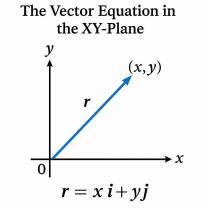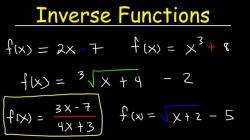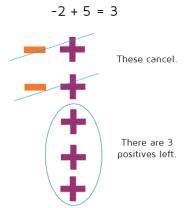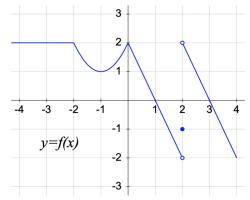What is the formula for an exponential function calculator table?
An exponential function calculator table simplifies the process of calculating exponential values by providing a table of values for a given exponential function. Here's a step-by-step guide on how to create and use an exponential function calculator table:
Step 1: Define the Exponential Function
- Start by defining the exponential function you want to work with. The general form of an exponential function is:y = a * b^x
where:
- y is the output (dependent variable)
- a is the initial value or y-intercept
- b is the base of the exponent
- x is the input (independent variable)
Step 2: Choose a Range of x Values
- Decide on a range of x values for which you want to calculate y values. Choose a set of values that are relevant to your problem or analysis.
Step 3: Calculate y Values
- Plug each x value from your chosen range into the exponential function equation and calculate the corresponding y value.
Step 4: Create the Calculator Table
- Create a table with two columns: one for the x values and one for the calculated y values.
Step 5: Fill in the Table
- For each x value in your chosen range, calculate the corresponding y value using the exponential function equation, and fill in the table.
Step 6: Interpret the Results
- Examine the values in the calculator table to understand the pattern of exponential growth or decay. Look for trends and relationships between the x and y values.
Example: Exponential Function Calculator Table for y = 2^x
| x | y = 2^x |
|---|---|
| -3 | 1/8 |
| -2 | 1/4 |
| -1 | 1/2 |
| 0 | 1 |
| 1 | 2 |
| 2 | 4 |
| 3 | 8 |
In this example, the exponential function is y = 2^x, and we've calculated y values for a range of x values from -3 to 3.
Using an exponential function calculator table can simplify complex calculations and help visualize the behavior of exponential functions. It's a valuable tool for students, researchers, and professionals working with exponential growth or decay scenarios.













